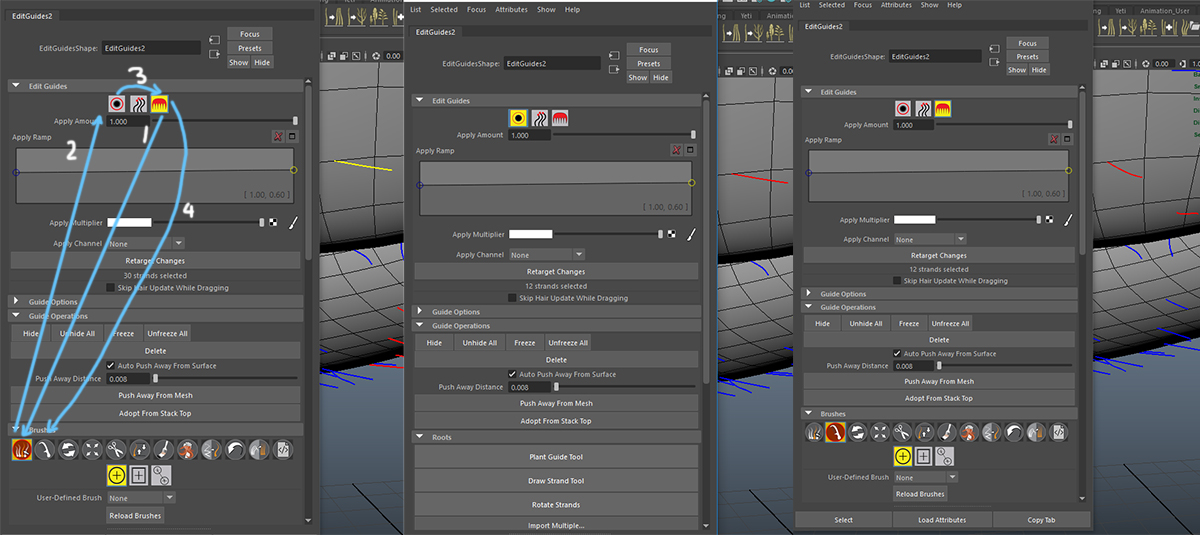


Hair and fur has been one of the biggest problems in CG since the problem was first studied in 1980?s. However, as we strive towards realism at less expense put into computing power more accurate models need to be introduced. Techniques and tricks have been developed to cheat this detail to some extent. Our world is full of such detail and it is absolutely indispensable to achieve photo realism. However, we often tend to ignore the subtle detail that these structures carry. CG model structures often consist of recognizable shapes that we can easily manipulate through modeling techniques which have now been developed for decades. While there have been many advances in the quality and speed of such simulations some things still remain just slightly out of reach for full control. After all it is living beings that connect us with what we see on an emotional and psychological level. One of the biggest tasks of CG is to create realistic characters.

To achieve this goal it employs a variety of tools and automation to allow the user to work in an easy and intuitive environment.Ĭomputer imagery has presented us with many possibilities to simulate our own world and to synthesize new experiences and rich visual information. Ornatrix is a system designed to solve the problem of creating hair and hair-shaped structures. Title: Ephere Ornatrix 3.1 For Maya 2018-2022 Win 圆4 Youth's tricultural adaptation and contestation of an all-or-nothing ideology of proficiency shows their nuanced understanding of the role of language in immigrant socialization.Ephere Ornatrix 3.1 For Maya 2018-2022 Win 圆4

While outwardly individualistic, percentage talk also allowed youth to gauge their ability to support the language socialization and social incorporation of other L1 Maya speakers in diaspora. and Guatemala and imagined themselves as future members of Spanish- and English-oriented discourse communities. Through percentage talk, youth wrestled with social stratification and inequality in the U.S. Our analysis shows that youth used "percentage talk"- i.e., construing current proficiency as apercentage of idealized full proficiency- as a discursive strategy to assess their language ability and level of social adaptación (adaptation) relative to native English and Spanish speakers, other Indigenous language speakers, and their past selves. This paper analyzes the social construction of language proficiency among Indigenous Guatemalan Maya youth in the United States-specifically, undocumented young adults who migrated to Los Angeles, California as unaccompanied minors and who grew up as low-wage workers. Language learning and the development of language proficiency are central concerns in the study of immigrant adaptation.


 0 kommentar(er)
0 kommentar(er)
